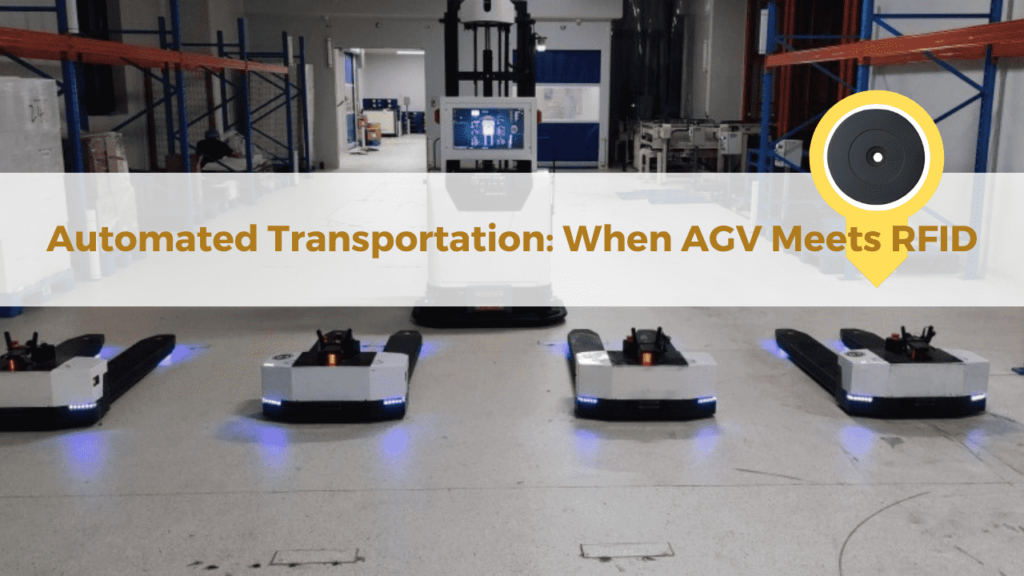Automated Transportation: When AGV Meets RFID

Automated Transportation: When AGV Meets RFID Mastering Automated Transportation with AGV and RFID RFID, as a type of automatic identification technology, has very obvious advantages in its application on AGV carts. First, RFID has a strong resistance to other environmental factors, such as oil pollution, water, dust, and electromagnetic interference, so it is very suitable for the working environment of the production workshop. Secondly, RFID technology is quite mature, with low maintenance costs and simple technical construction, making it more advantageous in actual operation. For these reasons, the application of RFID site recognition on AGV carts is becoming more and more widespread. In addition, RFID can improve the work efficiency of AGV carts, making their role in the production process more important, thereby creating greater value for enterprises. Facebook LinkedIn WhatsApp What is AGV technology? AGV is an abbreviation for Automated Guided Vehicle, meaning “automatica
